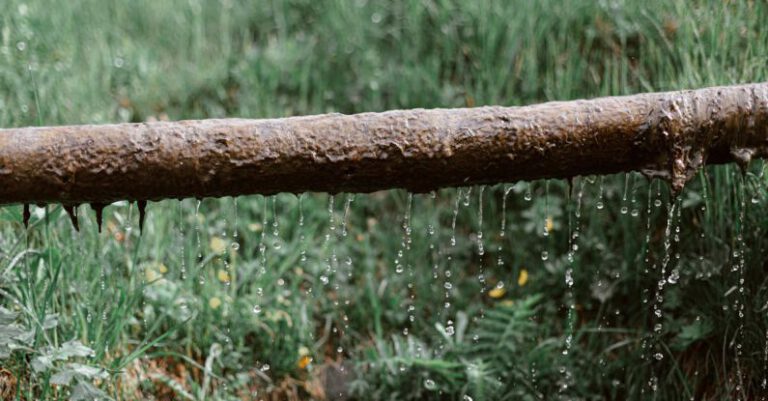How Does a Green Roof Contribute to Biodiversity?
Green roofs have become increasingly popular in urban areas as a sustainable solution to combat environmental issues such as air pollution, urban heat island effect, and stormwater management. These rooftop gardens not only provide aesthetic benefits but also play a crucial role in supporting biodiversity. By incorporating vegetation on building rooftops, green roofs create habitats for various plants, insects, birds, and other wildlife, contributing to the overall biodiversity of urban environments. Let’s explore how green roofs contribute to biodiversity and why they are essential for promoting a healthier and more sustainable urban ecosystem.
### Enhancing Habitat Diversity
One of the primary ways green roofs contribute to biodiversity is by providing additional habitats for a variety of plant and animal species. Urban areas are often characterized by a lack of green spaces, which can have a negative impact on wildlife populations. Green roofs offer a unique opportunity to create pockets of greenery in densely populated cities, allowing plants to thrive and attract insects, birds, and other small animals. By diversifying the types of vegetation grown on green roofs, such as native plants and wildflowers, these spaces can support a wide range of wildlife and help increase overall habitat diversity in urban environments.
### Promoting Pollinator Populations
Green roofs play a crucial role in supporting pollinator populations, such as bees, butterflies, and other insects essential for plant reproduction. With the global decline in pollinator populations due to habitat loss and pesticide use, green roofs offer a valuable refuge for these important species. By planting nectar-rich flowers and providing safe nesting sites, green roofs can help sustain local pollinator populations and ensure the continued pollination of plants in urban areas. In turn, healthy pollinator populations contribute to biodiversity by supporting the growth of native plant species and maintaining ecosystem balance.
### Improving Air Quality
In addition to supporting wildlife, green roofs also contribute to biodiversity by improving air quality in urban environments. Plants on green roofs help capture and filter pollutants from the air, reducing the levels of harmful gases and particulate matter that can negatively impact human health and the environment. By absorbing carbon dioxide and releasing oxygen through photosynthesis, green roofs help mitigate the effects of urban air pollution and create a healthier living environment for both humans and wildlife. Cleaner air not only benefits biodiversity by supporting plant growth but also enhances the overall quality of urban ecosystems.
### Enhancing Stormwater Management
Another way green roofs contribute to biodiversity is by enhancing stormwater management in urban areas. By absorbing and retaining rainwater, green roofs help reduce the volume of runoff entering stormwater systems and alleviate pressure on local waterways. This not only helps prevent flooding and erosion but also minimizes the discharge of pollutants into rivers and streams, preserving water quality and protecting aquatic habitats. Green roofs act as natural sponges, capturing rainwater and releasing it slowly back into the atmosphere through evapotranspiration, creating a more sustainable water cycle in urban environments.
### Supporting Urban Wildlife
Green roofs provide essential resources for urban wildlife, offering food, shelter, and breeding sites for a variety of species. Birds, insects, and small mammals are attracted to green roofs for the abundance of vegetation and the opportunities for foraging and nesting. By creating green corridors throughout cities, green roofs connect fragmented habitats and allow wildlife to move more freely across urban landscapes. This connectivity is vital for maintaining biodiversity in urban areas and ensuring the long-term survival of wildlife populations in the face of increasing urbanization and habitat loss.
### In Summary: Green Roofs and Biodiversity
In conclusion, green roofs play a vital role in promoting biodiversity in urban environments by enhancing habitat diversity, supporting pollinator populations, improving air quality, enhancing stormwater management, and providing resources for urban wildlife. These rooftop gardens not only beautify city skylines but also contribute to the overall health and sustainability of urban ecosystems. By incorporating green roofs into urban planning and design, cities can create more resilient and biodiverse environments that benefit both humans and wildlife. Green roofs are not just a sustainable solution for mitigating environmental challenges but also a valuable tool for conserving biodiversity and fostering a closer connection between urban residents and the natural world.






